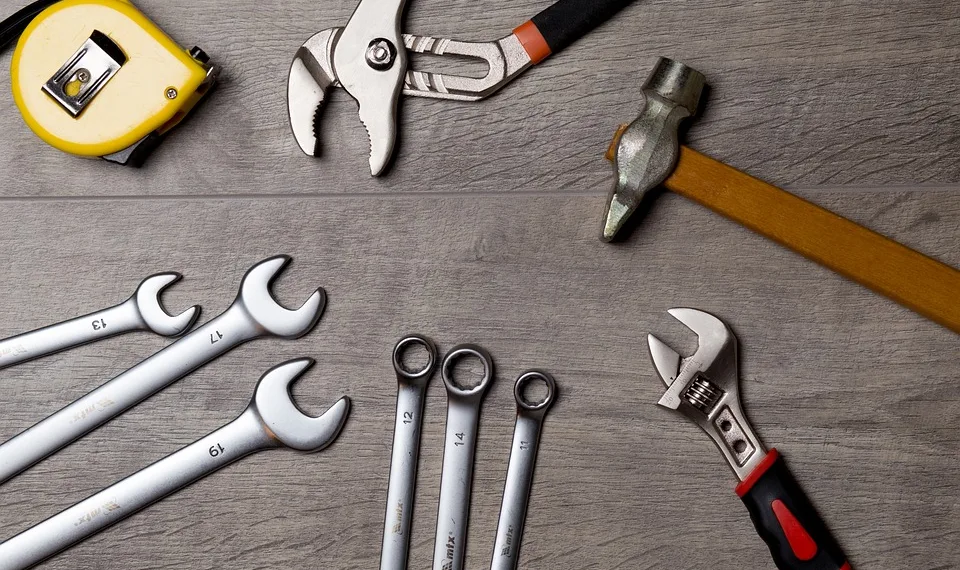When faced with a malfunctioning dryer, homeowners often find themselves weighing the options of repair or replacement. The decision can hinge on several factors, including the age of the appliance, the cost of parts and labor, and the potential energy efficiency of a new model. This article delves into the considerations that can help guide your decision-making process.
ADVERTISEMENT
Factors to Consider
Age of the Dryer
- Under 5 Years Old: If your dryer is relatively new, repairing it is usually more cost-effective. Modern appliances often come with warranties, and repairs might be covered.
- 5 to 10 Years Old: Dryers that fall within this age range can sometimes be worth fixing, especially if the repair cost is less than 50% of a new unit.
- Over 10 Years Old: As appliances age, parts become harder to find, and they may not perform efficiently. Replacing an old dryer is often more economical in the long run.
ADVERTISEMENT
Cost of Repair vs. Replacement
- Repair Costs: Common repairs can range from $100 to $400, depending on the issue. Basic maintenance, like replacing a door switch or heating element, is generally less expensive.
- Replacement Costs: A new dryer can cost anywhere from $400 to over $1,500. When considering replacement, factor in the warranty, energy efficiency, and potential future savings.
ADVERTISEMENT
Energy Efficiency
- Newer dryers tend to be more energy-efficient due to advancements in technology. Choosing a new model could reduce your monthly utility bills significantly.
- Consider the Energy Star ratings of new dryers, which can lead to further savings over time.
When to Choose Repair
Common Repair Issues
- Dryer Won’t Start: A faulty door switch or broken belt often requires simple repairs.
- Overheating: Cleaning the lint filter and venting usually solves this issue.
- No Heat: This can often be resolved by replacing the heating element or thermostat.
When the problem falls under these common issues, fixing the dryer makes fiscal sense.
Emotional Attachment and Convenience
- For some homeowners, there’s a sentimental value associated with appliances that have been part of the family for years.
- If you’re accustomed to your dryer’s features and settings, replacing it could require an adjustment period.
When to Replace
Major Breakdowns
- If the dryer experiences significant problems such as a burnt-out motor or a cracked drum, the costs may easily exceed the price of a new unit.
- In some cases, multiple repairs may occur in a short window, indicating it might be time for a new appliance.
Frequent Repairs
- A dryer that requires frequent repairs may indicate that it’s reaching the end of its lifespan. Continuous service calls can add up quickly, making a new purchase more appealing.
Warranty and Financial Incentives
- Many new dryers come with warranties that can cover the first few years of repairs. Check for available rebates or financing options that could make purchasing a new model more feasible.
Assessing Emotional and Financial Factors
Emotional Considerations
- The attachment to a reliable appliance can make it difficult to let go. However, if you find yourself struggling with repairs and reliability, it may be time to make a change.
Financial Planning
- Creating a budget for repairs versus a new purchase can provide clarity. Track your spending on repairs over a year to determine if it’s becoming unwieldy.
By assessing these various aspects carefully, you can make a more informed decision about whether to repair or replace your dryer.






